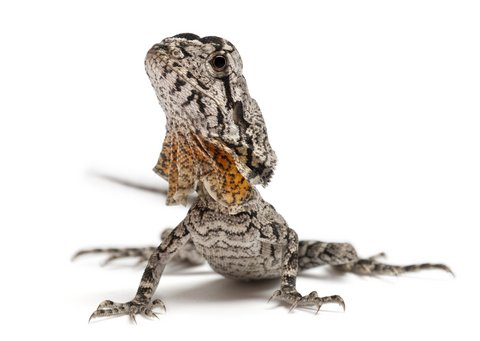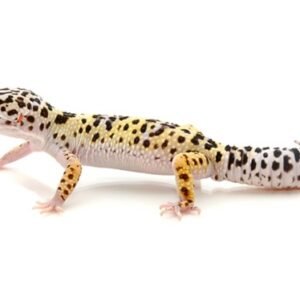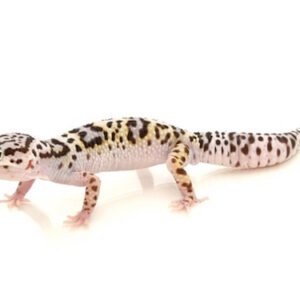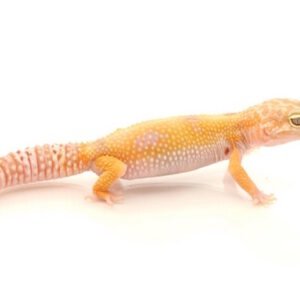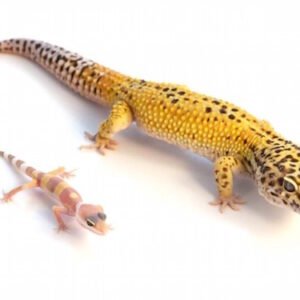Understanding the Frilled Dragon: Characteristics and Behavior
The frilled dragon (Chlamydosaurus kingii) is a fascinating reptile native to the rainforests and woodlands of northern Australia and New Guinea. Its most distinctive feature is the large, frill of skin around its neck, which can be expanded when the dragon feels threatened or during displays of aggression. This unique adaptation serves not only as a method of intimidation but also aids in thermoregulation, allowing the frilled dragon to manage its body temperature effectively in varying climates.
Physically, frilled dragons can grow up to 3 feet in length, including their tails. They possess a slender, elongated body, which allows for agile movement among trees where they primarily inhabit. The coloration of these lizards varies from shades of brown to green, aiding in camouflage in their natural habitat. This ability to blend into their surroundings is crucial for evading predators and hunting small insects.
Understanding the behavior of frilled dragons is essential for potential owners. These reptiles are known for their arboreal lifestyle, often lounging on branches and basking in sunlight. While frilled dragons can be solitary creatures, they exhibit fascinating social interactions, particularly during mating season. They communicate through various body postures and displays, revealing their mood. For instance, a frilled dragon may expand its frill to appear larger when threatened or retract it when feeling secure. Observing these behaviors will be vital in interpreting the emotional state of the pet.
Creating an environment that mimics their natural habitat is crucial for the health and well-being of a frilled dragon. A spacious terrarium with branches for climbing, appropriate substrate, and humidity control will help replicate their native conditions. Additionally, a diet primarily consisting of insects supplemented with vegetables is necessary to meet their nutritional needs. Understanding these characteristics and behaviors will enable potential owners to assess whether a frilled dragon is the right pet for them.
Care and Maintenance: Tips for a Healthy Frilled Dragon
Owning a frilled dragon as a pet requires a commitment to their care and maintenance to ensure their well-being and long lifespan. First and foremost, the enclosure setup is crucial. Frilled dragons thrive in a spacious terrarium, ideally measuring at least 4 feet long and 2 feet wide. This allows them ample space to move and climb, which mimics their natural habitat. Additionally, ensure the enclosure is equipped with various branches and foliage to facilitate climbing and hiding, as these elements are essential for their mental stimulation.
Heat and lighting are other critical considerations. Frilled dragons require a temperature gradient within their enclosure, with a basking area maintained between 100°F to 110°F and a cooler zone around 80°F to 85°F. A UVB light should also be provided for approximately 10-12 hours a day to promote healthy bone development and overall well-being. Selecting the right substrate is equally important; natural options like coconut fiber or reptile carpet can encourage burrowing behavior while being easy to clean. Avoid cedar or pine shavings, as they can be harmful to their respiratory health.
When it comes to feeding, a varied diet is vital. Frilled dragons primarily consume insects such as crickets and roaches but can also benefit from leafy greens and occasional fruits. Establishing a consistent feeding schedule that provides a balanced diet will ensure their nutritional needs are met. Handling your frilled dragon gently and frequently helps to build trust and reduces stress. Be observant for any signs of health issues, such as changes in appetite or behavior, and seek regular veterinary check-ups to maintain their health. By simulating a natural environment and meeting their specific needs, you foster a thriving habitat for your frilled dragon.

